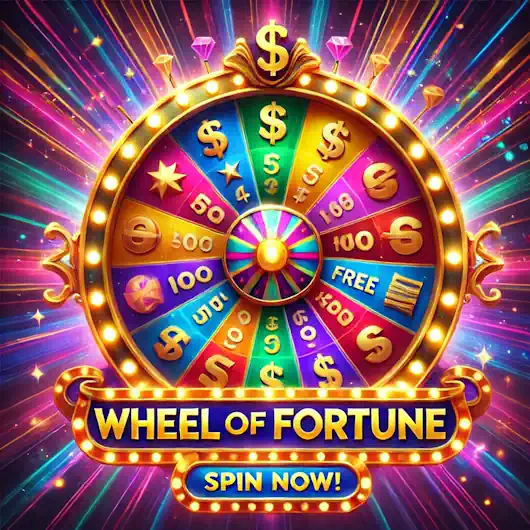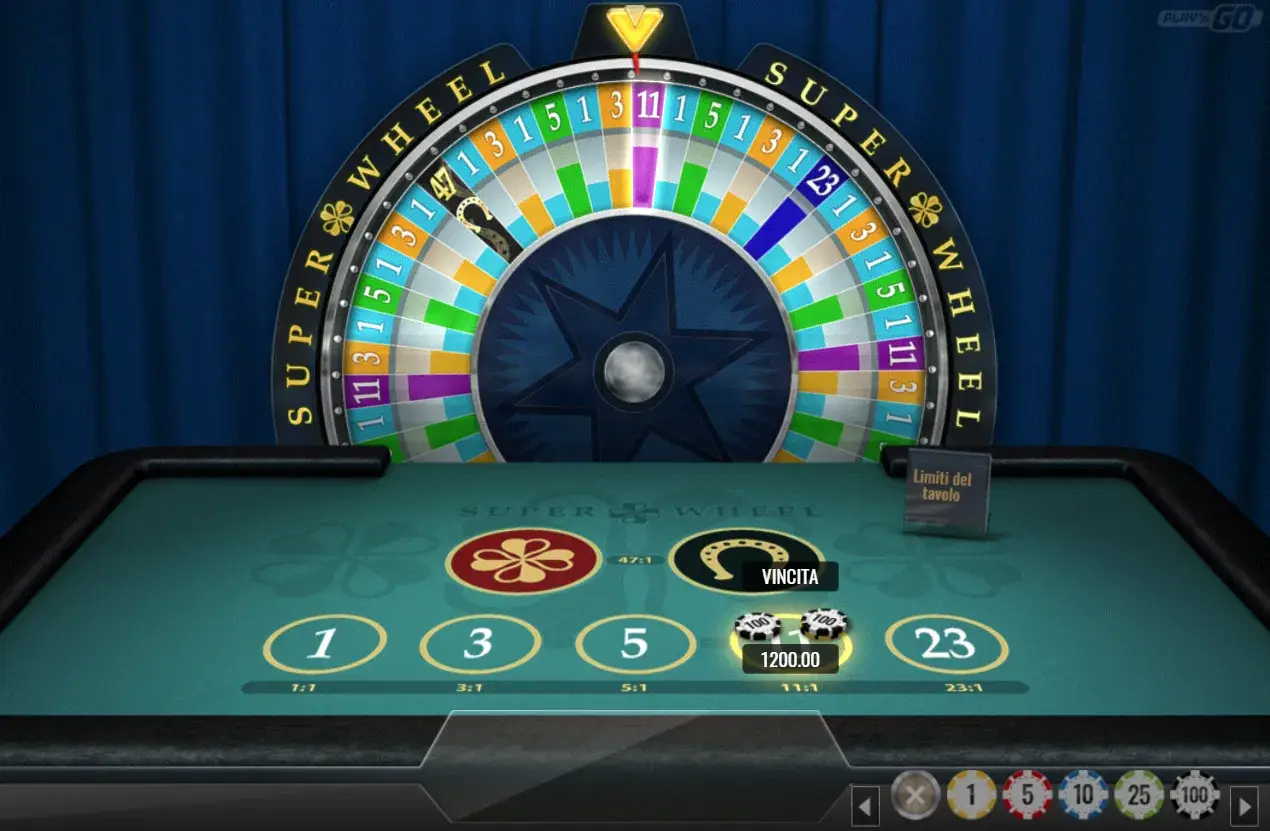Newcomers to online casinos often perceive the interface as magic. Images move, reels spin, sometimes winnings pour in. But behind the animation lies strict mathematics. The difference between RNG and RTP is the key to understanding how slots make decisions and why each bet is not just randomness but the result of precise calculation. These indicators in online casinos form the foundation of trust, fairness, and transparency in the industry.
What is RNG and How Does It Work
Random Number Generator is the foundation that eliminates pattern scenarios. It uses an algorithm that generates billions of combinations every second. This software creates the result before the player hits “spin.” Each spin is an isolated event, independent of the previous or following spin.

Modern digital generators work on the scheme of cryptographic randomness. For example, NetEnt and Play’n GO slots use the Mersenne Twister algorithm with a period of 2^19937−1. This level of randomness complies with regulatory standards, including licenses from MGA and UKGC.
Control goes through audits—independent laboratories such as iTech Labs and eCOGRA verify compliance with the mathematical model and theoretical randomness. Any interference is impossible without losing the license. That’s why the regulator requires integration only from a licensed provider.
What is RTP: Figures to Look At
Return to Player is not a prediction of winnings but an indicator of theoretical return. It is the percentage that the game returns in the long run. For example, a 96.2% indicator in the Book of Dead slot means that out of 1,000,000 EUR in bets, players theoretically receive back 962,000 EUR, and the rest is the operator’s margin.
Each slot has a fixed payout coefficient specified in the program code. This parameter cannot be falsified without interfering with licensed software, which an audit would immediately detect. The provider undertakes to maintain a stable payout model, or else lose access to regulated markets.
Difference Between RNG and RTP: Logic vs. Probability
The Random Number Generator determines the result—it’s instant randomness generated before the reels start spinning. The player return percentage reflects the game’s behavior in the long run. The difference between these parameters is akin to the difference between rolling dice and the probability of rolling a six in a thousand throws.
It’s important to understand: the randomness algorithm works in the moment—creating events. The payout coefficient summarizes millions of such events. One ensures the fairness of each click, the other—the game’s economy as a whole.
| Parameter | RNG | RTP |
| What It Determines | Specific result | Overall return probability |
| Where It’s Applied | Every spin | Theoretically over the game’s lifetime |
| Subject to Audit | Yes | Yes |
| Can Change | No | There may be several versions for the operator to choose from |
| Hidden Logic | No, code is certified | No, percentage is specified in the license |
This comparison underscores that the difference between these indicators is not just a technical nuance but a fundamental principle that distinguishes instant action from statistical predictability. Both parameters are transparent, certified, and ensure fairness of the gaming process from different angles.
Why It’s Important for Players to Understand the Difference Between RNG and RTP
Misunderstanding these concepts leads to false expectations. Why do players confuse RNG and RTP? Because of the illusion of control. The player perceives the return percentage as a guarantee and the Random Number Generator as a predetermined algorithm. In practice, the RNG creates randomness, while the RTP shows what portion of the funds the slot returns in the aggregate.
A player who understands these parameters reduces the risk of emotional bets. Choosing a game with transparent conditions, a fair license, and a fixed payout coefficient minimizes deception and increases trust in the operator.
Providers who publish data on the payout coefficient and use certified randomness algorithms demonstrate transparency. This approach enhances security and reduces the likelihood of manipulation.
Who Ensures Fairness: Audit, License, Regulation
Legal operators collaborate with accredited auditors. For example, BMM Testlabs or Gaming Labs International regularly test software. The results are publicly available. If a slot uses an unverified randomness algorithm or hides the return rate, the license is revoked.
In this context, the difference between RNG and RTP becomes legally significant. Regulation does not allow discrepancies between the stated payout coefficient and the actual mathematical model. If an operator uses low-quality or altered slots, audits reveal deviations.
Game security is confirmed by the report: it records the RTP value, RNG serial number, provider data. This is algorithmic fairness—where each parameter is transparent and verifiable.
What to Consider When Choosing an Online Casino
Evaluating a platform requires analysis of technical and legal characteristics. The difference between RNG and RTP helps understand how much the operator cares about fairness and payouts.
Key parameters to check before playing:
- License: presence of a permit from UKGC, Curacao eGaming, or MGA.
- Audit: collaboration with independent laboratories (e.g., eCOGRA).
- RTP: indication of the payout percentage to the player on each game.
- Provider: verified brands—Pragmatic Play, Evolution, NetEnt.
- Software: stable operation, adaptation for mobile platforms.
- Regulation: compliance with local legislation rules.
- Payout history: ability to review win history and algorithms.
A reliable platform always demonstrates openness across all these criteria, dispelling doubts about the fairness of mechanics. The difference between these indicators serves as an indicator of transparency and maturity in operational approach.
Difference Between RNG and RTP from an Operator’s Perspective
An online platform operator must use only licensed software with verified fairness. RNG and RTP in online casinos are regulated by a contract with the provider and technical certification terms.
The difference between the indicators is taken into account when adjusting individual slot characteristics. A provider may offer the operator a choice of several versions of the same game—with payout percentages of 88%, 94%, 96%. Meanwhile, the Random Number Generator remains unchanged. This flexibility helps manage the margin without compromising transparency.

If an operator uses a version with a reduced payout coefficient, they must inform about it. Otherwise, it violates the regulator’s requirement, and the platform loses its license.
Conclusion
Games with a high degree of trust always clearly and openly demonstrate the difference between RNG and RTP. The former element guarantees the fairness of each click, while the latter provides a guide for long-term strategy. A player who understands this mechanics chooses a safe game with transparent rules.
 en
en  ru
ru  de
de  ar
ar  es
es  nl
nl  hi
hi  fr
fr  it
it  pt
pt  el
el 









